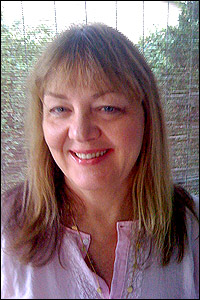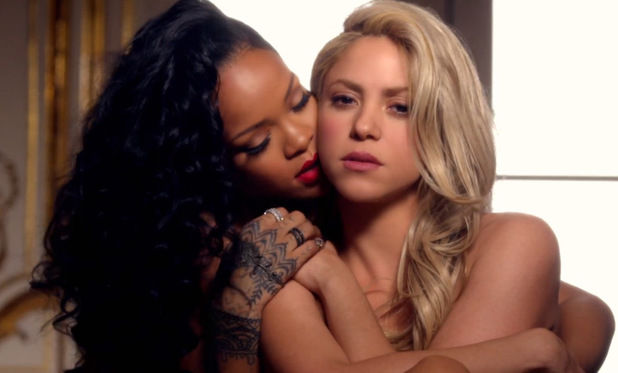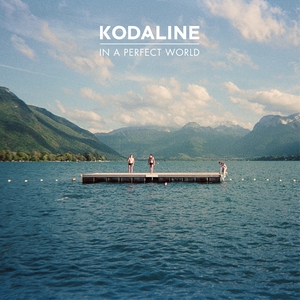The stages of film production:
Development - This is simply the process of 'finding' a story. Ideas for films come from a variety of sources, they can range from novels, real life events to computer game adaptations. Once you've got an idea you'll need someone to write a pitch for you which you take to a film producer in an attempt to get some funding to make your film. Even at this very early stage you need a very clear idea of who you're aiming you film at so you can include elements that will appeal to them.
Pre-production - Once you've got funding you establish your budget and can begin to get a film crew together, you can storyboard the script. You also need break the script down into individual scenes and identify all the locations, props, cast members, costumes, special effects and visual effects needed.
Production - This is simply the process of 'making' the film. Provided you've done your job properly in the pre-production stage making the film should be straight forward. 'Film' is very expensive and difficult to store so an increasing number of film makers are using digital cameras to save money.
Post-production - During this stage you take all the 'film' you've shot and give it to a film editor. They will then begin putting it together. Special effects will be added, a soundtrack will be added, any missing dialogue will be re-recorded and added resulting in a 'rough cut'. This will be shown to the director and a test audience who will offer feedback. Often this causes scenes to be filmed and added or removed.
The following roles of film production entail:
 |
| Quentin Tarantino |
- Writer: Screen writers create screen plays for films. They provide the blueprint for the creative input of all other roles. They have to make sure it includes fascinating characters, an exciting plot, and a great idea so the film will sell. It should also have the basic principles of dramatic construction. They have to have highly creative writing and work with a script development team to create a finished product. Sometimes an additional screenwriter is added to improve certain aspects of the script. They are almost always freelancers. They either pitch original ideas to producers in hope of being sold or considered an option, or they are commissioned by a producer to create a screenplay from a concept, true story, existing screen work, or novels etc. Only a few top UK Screenwriters make enough money to sustain themselves entirely through writing screenplays.
 |
| Steven Steilburg |
- Producer: Producers have overall control on every aspect of the production of a film. They bring together and approve the whole production team. They are responsible to create an environment that the cast and crew can be comfortable in and enjoy. Producers are accountable for the success of the finished film. The Producer is often the first person to get involved in a project. The responsibilities of the Producer cover all four phases of production, they control almost everything.
 |
| Ellen Chenoweth |
- Casting Director: In pre-production, they work with the producer and director to assemble the perfect cast for the film. They must have an in-depth knowledge of new/existing acting talent. They have to allocate each role to the ideal actor based on factors such as experience, ability, availability and box office appeal. Casting directors also have to prepare the casting budget with Production Accountants. They organise and conduct auditions and interviews for each part. They also draw up and negotiate contracts with agents. Casting Directors need knowledge of a huge range of Actors and their abilities, and an appreciation of changing trends within the film industry. This requires a strong instinct for acting talent and great dedication and commitment.
 |
| Wes Anderson |
- Director: Directors creatively translate the film's written script into actual images and sounds on the screen, and are ultimately responsible for a film's artistic success or failure. They can either write the film's script or commission it to be written, or be hired after an early draft of the script is complete. Directors then have to create a vision for the finished film and how they are going to do it. They can select the cast, crew, and locations, and then direct rehearsals and performances of actors during production. Directors also manage camera, sound, lighting, design and special effects as well. In post-production, they work closely with editors for the editing of the film to reach the final cut. At all stages, Directors are responsible for motivating the team, always being aware of the constraints of the film's budget and schedule, and managing the expectations of the film's financiers.
- Film finance: This role is done by a finance controller. They are responsible for controlling the accounting, taxation and financial analysis for all the work a film does, including development, production and distribution. Financial controllers can supervise one or more full-time assistants. They can also help Producers to prepare budgets and raise finance, taking into account relevant Government tax. Tasks such as controlling cash flow and setting up and managing the Accounts team are also done by Finance Controllers.
 |
| Trevor Coop |
- Camera operator: Camera operators carry out instructions from the DoP and director for shot composition and development. They are the first to use the camera's eyepiece to assess the elements of performance, lighting, camera movement etc to come together and create the cinematic experience. They attend technical recess and are responsible for the First and Second Assistant Camera, and the Camera Trainee. Camera Operators and DoP's decide where to position the camera and what lenses and supporting equipment to use judging by the scene. During shooting, Operators are responsible for all camera operation, and make sure the camera and equipment are prepared for the required set-ups and ready for any last minute changes. They must be able to multi-task, watch, listen, and think on their feet in complex tasks. Operators must also suggest creative improvements or alternatives to the director, supervise the logistics of moving the camera, and guide performers on what can and cannot be seen by the camera. The work is physically demanding, and requires high levels of strength and stamina. Hours can be 12-14 hours a day and some foreign travel may be required.
 |
| Kevin Stitt |
- Editor: The editor has to make sure that the film flows effortlessly from beginning to end, with each shot being carefully chosen and edited into a series of scenes, which assemble to create the finished film. Editors work long, unsociable hours, under pressure in an edit suite. They are employed on a freelance basis by the Producer based on their reputation and experience. The Editor checks the technical standards, as well as the emerging sense of story and the actors' performances. Editors may work on scenes from the end of the film before those at the beginning, and must therefore be able to maintain a good sense of how the story is unfolding. They select the best takes and edit them together to create scenes. During the post production period, the Editor and the Director work closely together to create the Director's Cut, which must be approved by the Producers, until they achieve picture lock or Fine Cut.
 |
| Stuart Craig |
- Production Designer: Production Designers are responsible for the entire art department, and help directors define and achieve the look and feel of a film. The look of a set or location is vital in drawing the audience into the story and making the film convincing. A lot of work and imagination goes into constructing and choosing the right set and/or locations. They begin work at the very early stages of pre-production, and by reading the script of a film they can access the visual qualities that will help bring the story to life. Production Designers also meet with the Director to discuss how best to shoot the film and work out whether to use sets and/or locations, what should be built and what should be adapted and whether there is a visual theme that recurs throughout the film. They also consider design elements to give more depth to the film and whether CGI should be used. Production Designers deliver their design sketches to Art Directors who oversee the production of technical drawings and models, which are used to build sets or adapt locations. During production, they check on the construction and dressing of other sets, and sign off on sets/locations for the next day's shoot. They work on a freelance basis and this job is one of the most highly-skilled, creative roles within the film industry.
- Marketing: The main responsibility of this role is to convince the public that this is a 'must-see' movie. The marketing campaign must reach target audiences before and during film releases. Sometimes Marketers have to implement a campaign created by a studio and/or the film makers. These have to be re-tailored according to cultural differences. Marketing managers have to ensure the marketing campaign for every different film is unique. Big budget films involving top starts usually spend more money on marketing because they have more production costs to recoup. Marketing a film may begin over a year prior to its release, but usually is only several months in advance.
- Exhibition: Exhibitioners (programmers) are responsible for choosing the right films for the right target audience. They have to build good relationships with film distributors to ensure that the required films are secured. They must view everything they select for exhibition and once they have selected a film, programmers may be responsible for ensuring that all necessary paperwork is completed. They must be aware of any contractual obligations and/or any specific technical issues concerning the film print, and ensure that this information is passed on to Projectionists. Programmers may also be responsible for marketing and promoting the films depending on the size of the venue. This involves organising print advertising and promotional events, and ensuring that up to date databases are maintained to facilitate mail outs. Sometimes they are also responsible for doing audience research if required to develop new audiences for a particular venue.






























